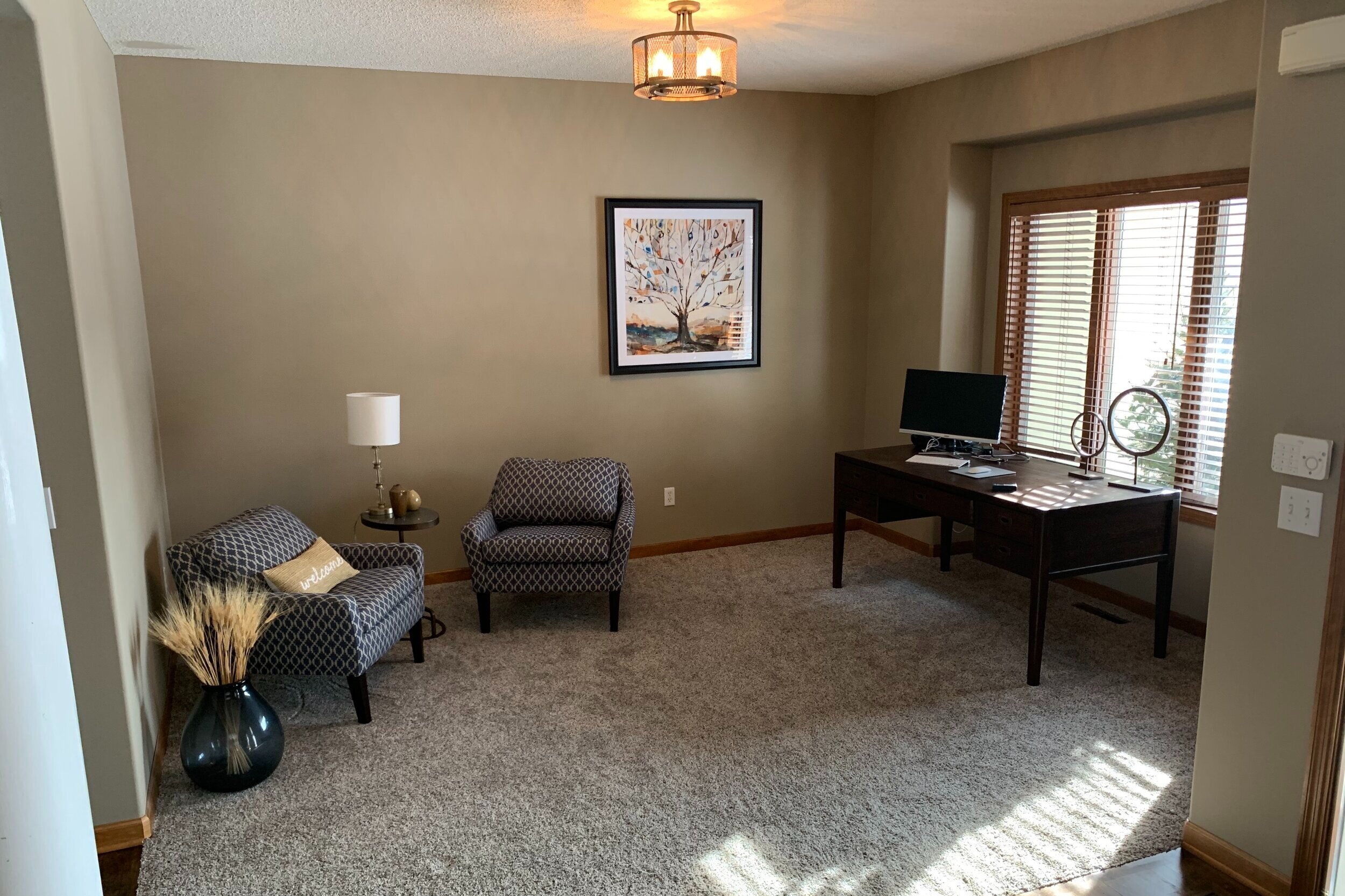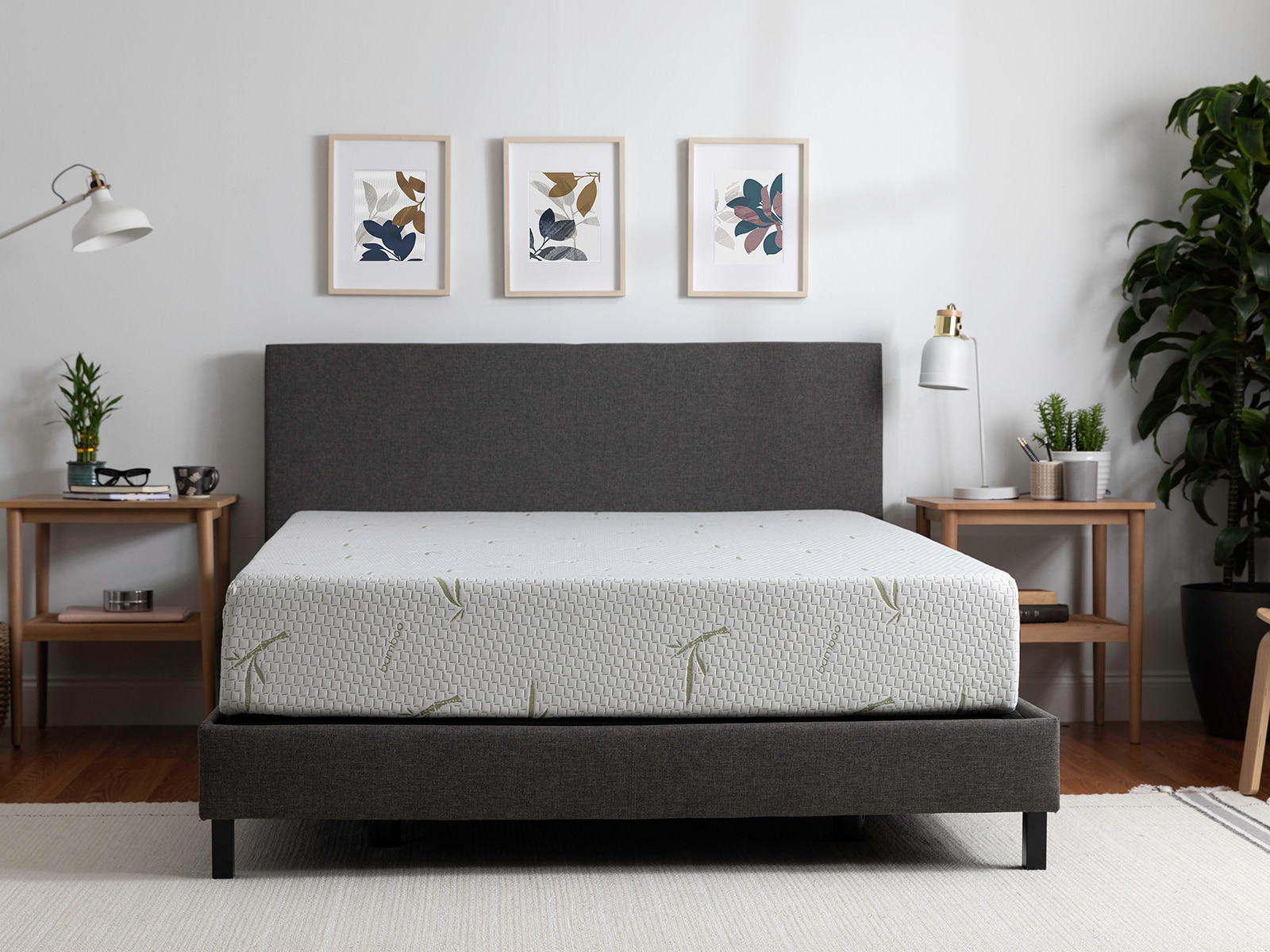Energy-Efficient House Designs
When selecting house designs, energy efficiency should be top of mind. Many homeowners are taking greater strides towards sustainable living - reducing energy use and waste, and increasing the elasticity of their home for future energy savings. Energy Star, Passive House, and Green Building certifications are leading the charge, where our house designs can help to achieve some of the highest energy efficiency standards.
Energy Star Certified Home Floor Plans
ENERGY STAR certified home floor plans can be leveraged as a benchmark for energy-efficient building. Optimized house designs can support up to 30% fewer energy costs and also bring cleaner air into the home. This option can be evaluated for optimization through a pre-verification process that tests thermal performance, annual energy use, lighting, appliance use, and renewable energy production.
Passive House Design Strategies
Passive House design strategies can bring about significant energy cost reductions for homeowners. Due to higher environmental stewardship, house designs that qualify as Passive can have energy consumption savings greater than 70%. This type of energy efficiency can be achieved by focusing on the building envelope that thoroughly treats air tightness, insulation, as well as ventilation.
Building a Highly Energy-Efficient Home
As homebuilding evolves, continuing advancements in technology are making high-performance home the goal for the future. To build a highly energy-efficient home, attention should be given to the building envelope, air sealed connections, HVAC systems, Insulation, water heating, and lighting. Emerging technologies such as smart thermostats, connected lighting, and effective heat pumps can also help to maximize energy savings.
Deconstructing the Sustainable Home
Successful models of energy-efficiency can best be learned from a deconstruction of a sustainable home. Careful consideration must be given to strategies for air sealing, insulation, windows, and ventilation systems. For instance, using advanced air sealing techniques and foam insulation can create a tight thermal envelope that will prevent air leakage and allow a much healthier indoor-air quality.
Writing a Green Home Plan
The pathway to energy-efficiency is best outlined through a green home plan. This should include goals for decreasing energy consumption, increasing water conservation, and using more renewable and clean energy sources. Building experts can be consulted for advice on the best way to achieve green objectives.
Insulation Strategies for Building & Renovating
It’s important to select the proper insulation materials and strategies when building or renovating a home. Insulating walls can offer better protection from extreme temperatures and can also improve energy efficiency – both insulating walls from outside elements and preventing energy losses. Using the right insulation can increase the energy efficiency of a building envelope, allowing home to stay warm in the winter and cool in the summer with minimum cooling and heating costs.
Choosing Energy Efficient Heating Sources
When selecting heating sources, it’s essential to consider energy efficiency when making the decision. Heating a home requires more energy than any other home system, and green heating technologies are becoming more popular. Energy efficient heating sources include air source heat pumps, which are highly efficient energy sources that can retain thermal energy with minimum losses.
Energy Sandbox Tools To Help Building Professionals
The Energy Sandbox is a suite of tools and resources to help building professionals to identify energy efficiency opportunities and assess the potential benefits of energy-saving retrofits. Building professionals can benefit from its tools to understand point-of-use energy use and make the most of their energy-efficiency efforts.
Energy Smart Home Upgrades
Installing energy-smart home upgrades will help build the most efficient homes possible. This includes installing smart home technologies, such as programmable thermostats, power outlets, window blinds, smart lighting, high performance appliances and geothermal systems. These upgrades improve upon existing mechanical systems and can result in much improved energy efficiency.
Improving Energy Efficiency with House Design
 Modern house designs offer many possibilities for gaining energy efficiency, starting with the planning of the house and building materials to the placement of the house on the building site. Utilizing
energy efficiency principles
can save homeowners thousands of dollars in energy costs over the life of the house and bring comfort and energy independence. Areas that can be modified for increased efficiency include insulation, lighting and air flow.
Modern house designs offer many possibilities for gaining energy efficiency, starting with the planning of the house and building materials to the placement of the house on the building site. Utilizing
energy efficiency principles
can save homeowners thousands of dollars in energy costs over the life of the house and bring comfort and energy independence. Areas that can be modified for increased efficiency include insulation, lighting and air flow.
Insulation Strategies
 When planning for an
energy efficient house design
, attention must be given to the insulation. Properly caulking windows, sealing air leaks and adding insulation to walls and roofs is essential to reduce the amount of energy required for heating and cooling the house. In some cases, exterior foam insulation may be the best choice for an energy efficient home design.
When planning for an
energy efficient house design
, attention must be given to the insulation. Properly caulking windows, sealing air leaks and adding insulation to walls and roofs is essential to reduce the amount of energy required for heating and cooling the house. In some cases, exterior foam insulation may be the best choice for an energy efficient home design.
Well-Planned Lighting
 Carefully selecting and placing windows is a proven energy efficient house design technique. It is important to ensure the proper amount of natural light enters the living spaces. Areas without natural light should be supplemented with
energy-efficient lighting
such as LED lights, which use incredibly low amounts of energy.
Carefully selecting and placing windows is a proven energy efficient house design technique. It is important to ensure the proper amount of natural light enters the living spaces. Areas without natural light should be supplemented with
energy-efficient lighting
such as LED lights, which use incredibly low amounts of energy.
Ventilation
 In addition to proper insulation, proper air flow within the house is essential to a well-designed energy efficient house. Properly placed natural or powered ventilation systems can ensure that
fresh air
is cycled through the entire house. This can improve air quality in the home, and help expel any accumulated moisture from the home.
In addition to proper insulation, proper air flow within the house is essential to a well-designed energy efficient house. Properly placed natural or powered ventilation systems can ensure that
fresh air
is cycled through the entire house. This can improve air quality in the home, and help expel any accumulated moisture from the home.



























































































